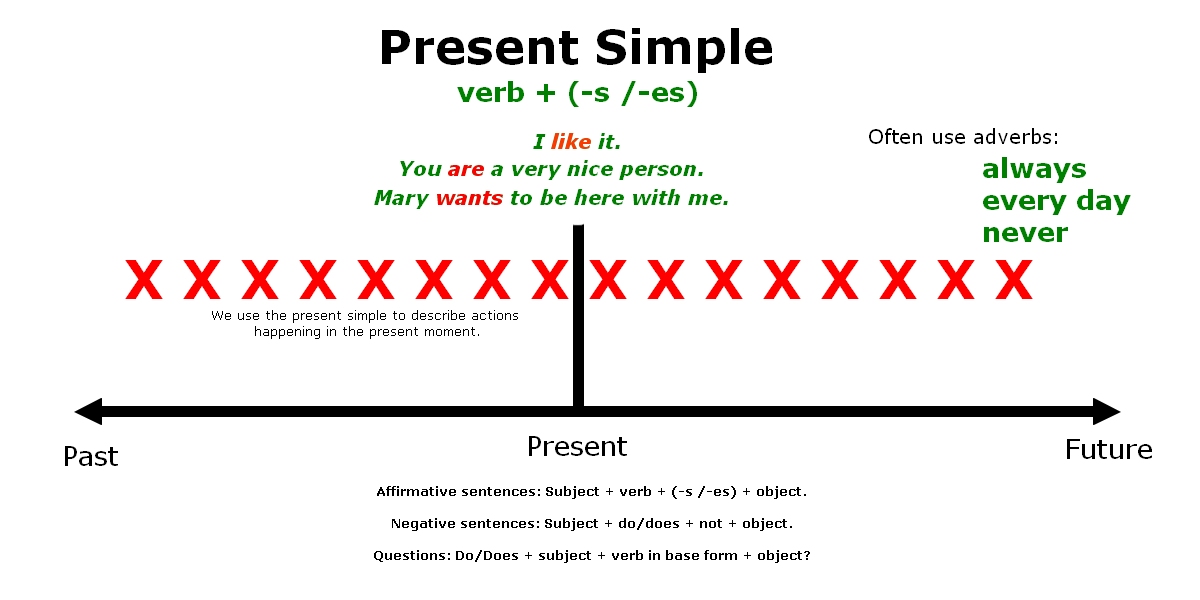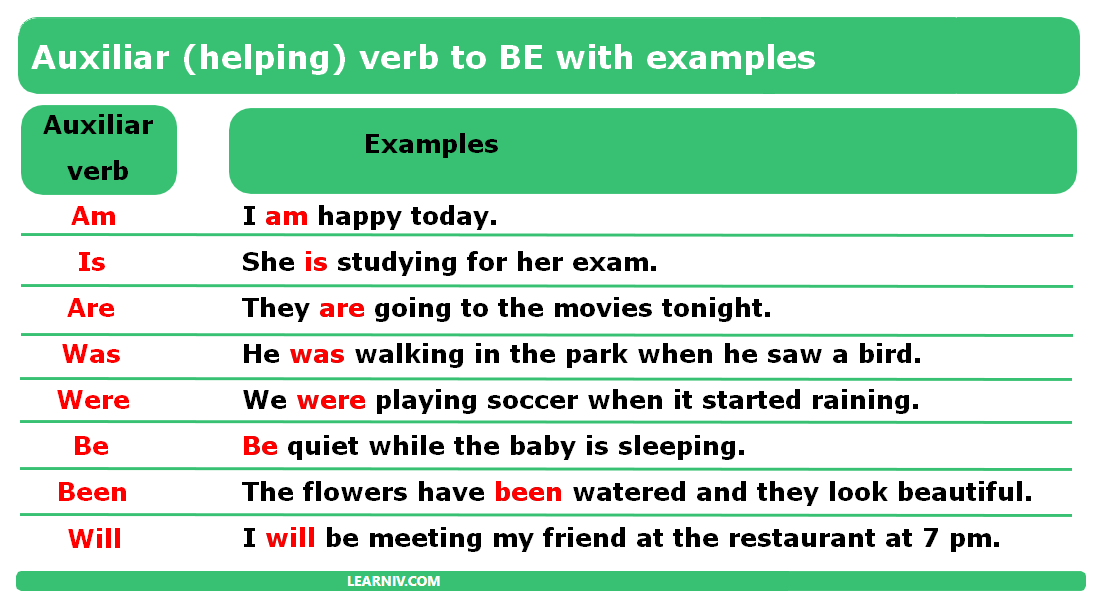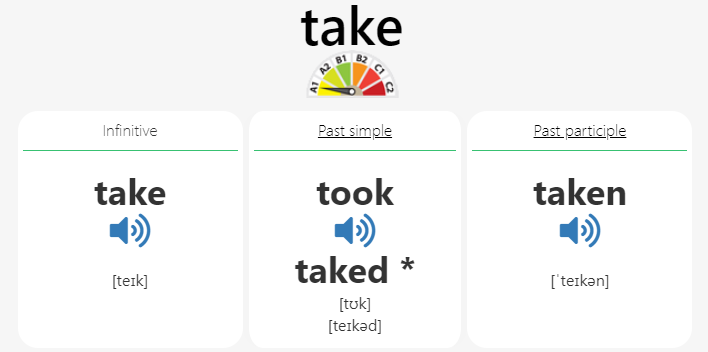The Present Continuous, also known as the Present Progressive, is an English verb tense used to talk about actions that are in the process of being carried out at the time of speaking. This verb tense is formed with the verb “to be” followed by the verb in the gerund (-ing). There are many English… Continue reading 100 verbs in the English Present Continuous
100 verbs in the English Present Continuous
10/10 - (6 votes)





